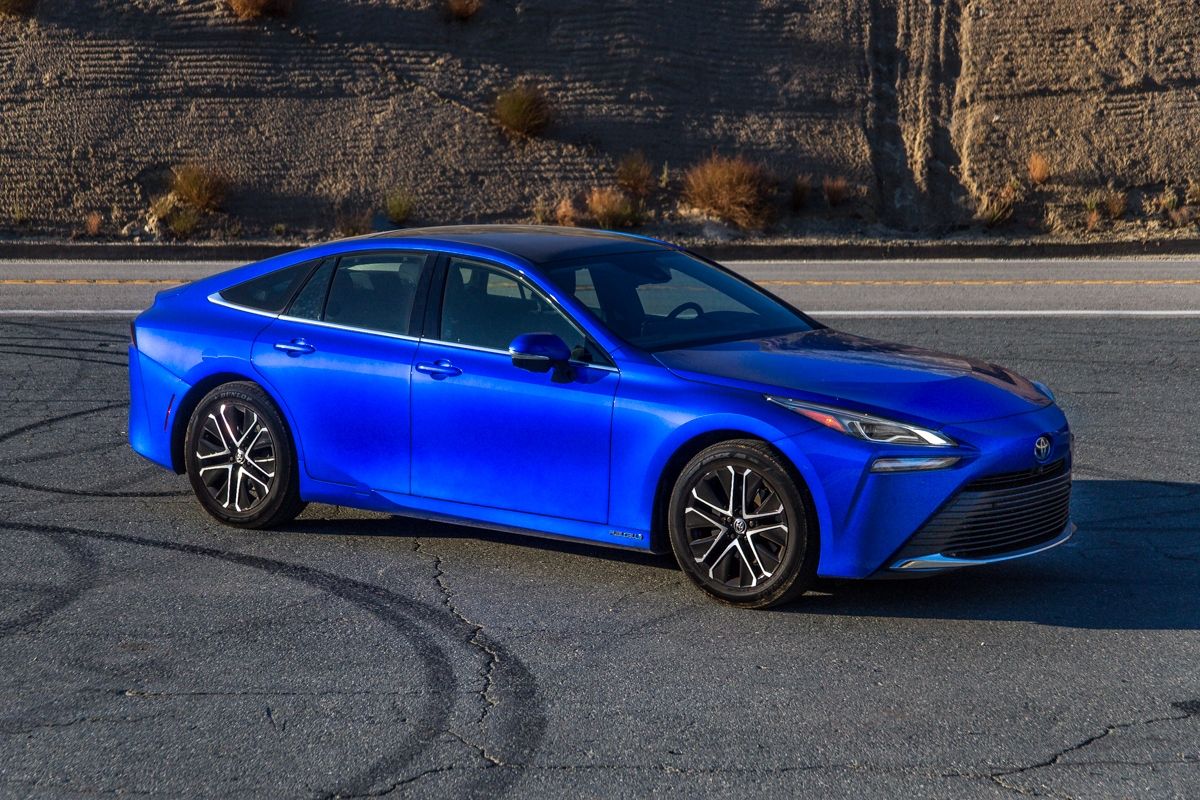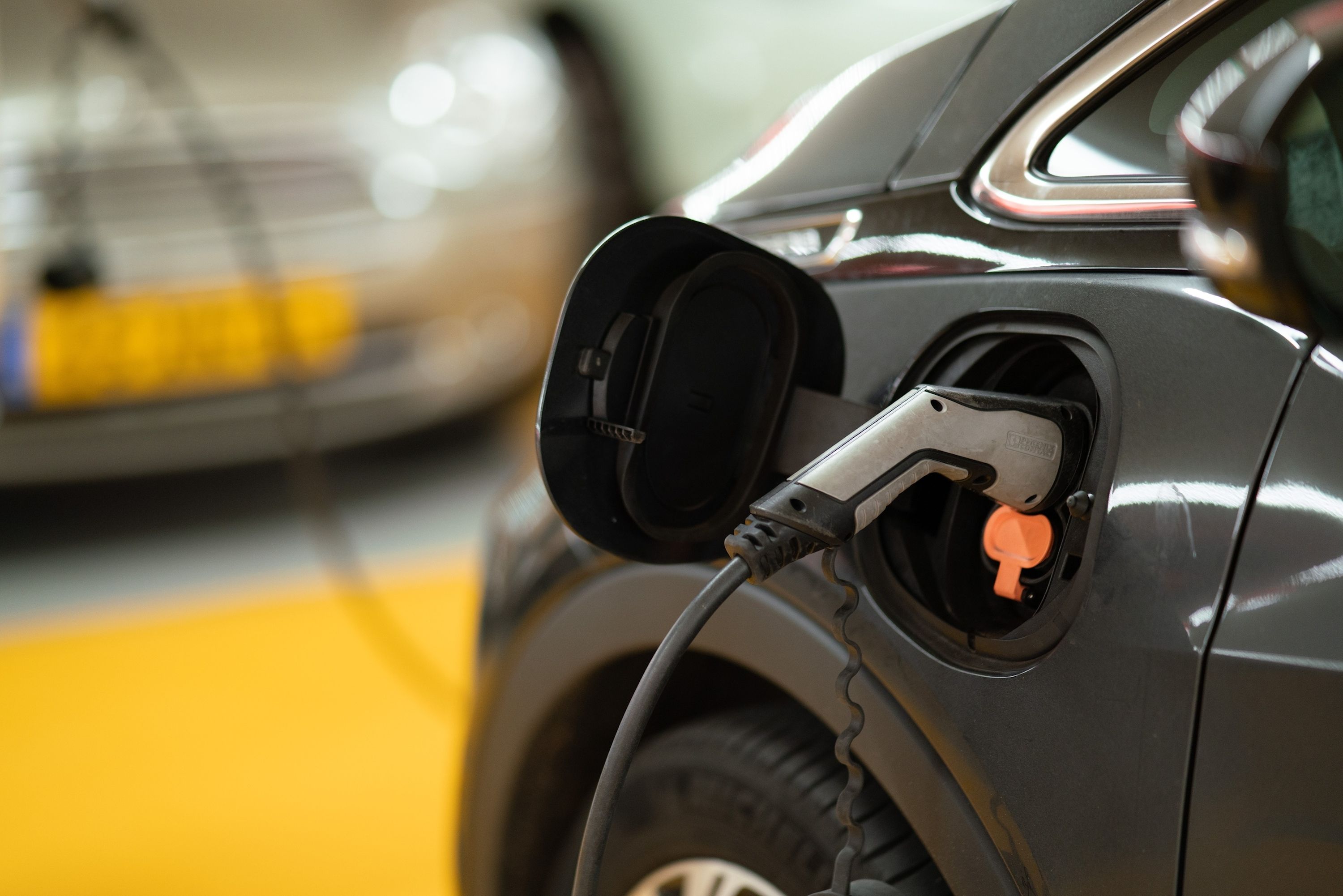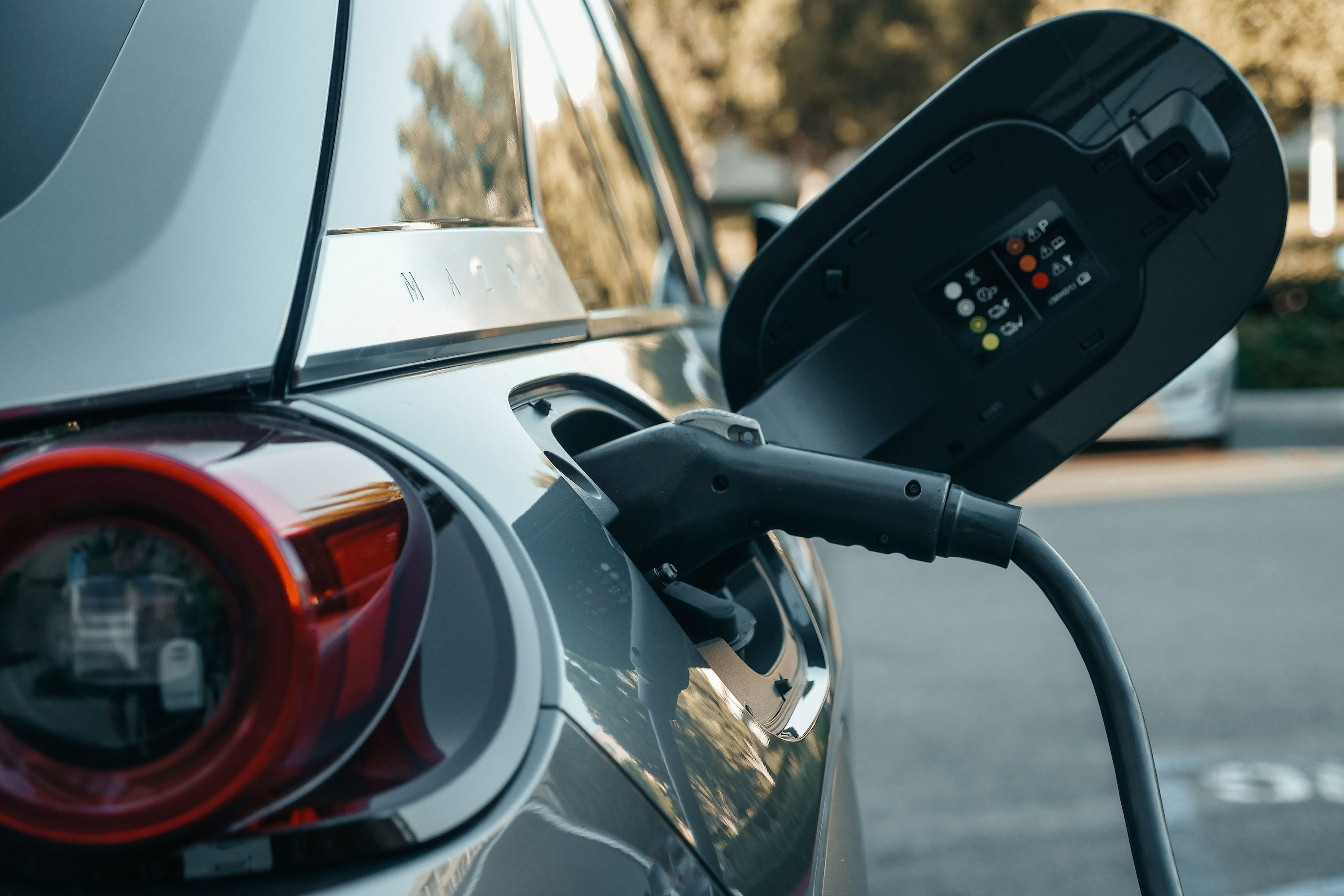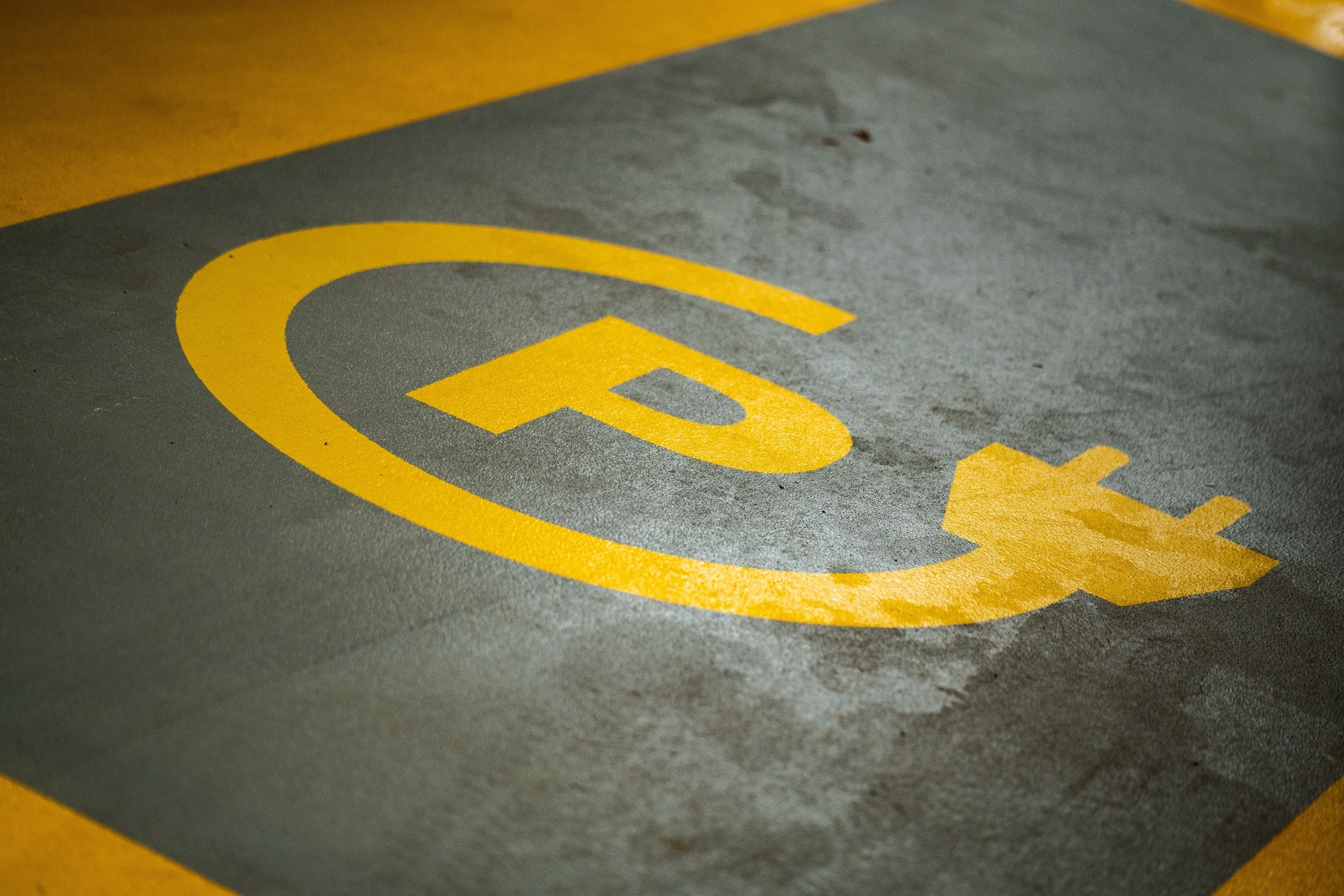
Different vehicles suit different people, and ultimately, you buy a vehicle that suits your needs. You don't buy a heavy-duty pickup if you live in the confines of the city and deliver pizza for a living. Likewise, you don't buy an electric city compact if you live in Texas and haul livestock on a daily basis.
There is a misconception when it comes to EVs that we need to have as much range as possible and be able to charge as quickly as possible and that nothing short of both of these targets is enough to negate range anxiety. This simply isn't true. Yes, range anxiety is a problem, but in the search for the perfect EV, which is better: supreme range or lightning-fast charging?
A Combustion-Powered Benchmark
Let's start with a baseline. America's best-selling passenger vehicle (non-truck) is the Toyota RAV4. As a baseline, let's use a FWD, non-hybrid derivative like the XLE, which consumes 30 mpg on the combined cycle. Paired with a 14.5-gallon gas tank, the average driver should see 435 miles to a tank.
On the flip side of the coin, the best-selling EV in America in 2021 was the Tesla Model Y, with a driving range of between 244 miles and 326 miles depending on the trim you chose (the 244-mile Standard Range RWD model has since been discontinued). Immediately, the human brain tells us the EV is bad, because more is always better, right? The human brain is programmed that way. More power, more money, more range, more value.
Humans don't like change. It's always been a fault of mankind to ardently fight change because it inconveniences what we're used to. We are creatures of habit, and anything that forces us to change our habits is seen as bad. That's why, in an ideal world, every new EV would have a circa-435-mile range and take 10 mins to recharge, thereby matching the convenience of the cars we've become accustomed to over nearly a century of personal transportation.
Range: How Far Does The Average American Drive Daily?
According to the US Department of Transportation Federal Highway Administration, the average American drives 13,476 miles per year, roughly 1,123 miles per month, and approximately 37 miles a day. For a typical combustion-powered vehicle, the average American can commute for 10 days or more before needing to refill. By contrast, that same American could only commute six days in an EV with 244 miles of range before needing to spend up to 12 hours on a home Level 2 charger recharging their car.
The question is whether a typical road user needs more than six days of car use available to them at any given time? We don't drive around with a full tank of gas permanently, and with rising gas prices, many of us are happy to fill up with X amount of dollars each time rather than facing the shock of a full tank and not knowing how much we'll need to spend. That means more and more Americans are driving around with ½-¾ of a tank as a default.
By that logic, the current range of a battery-electric vehicle is more than ample. While you have outliers like the 520-mile range of a Lucid Air, or the 100 miles of a Mazda MX-30, by and large, the average new EV has a range of between 240 and 300 miles. That's a full week's commute to work and back. For most Americans, and again, the keyword here is most, the current range provided by almost every EV on sale is more than enough.
Charging: Are EV Chargers Too Slow?
If range isn't the issue, then charging times are. Aside from fast chargers, which are either brand-specific or seldom capable of delivering the charge speeds a manufacturer promises their car is capable of, home charging takes a long time. By shelling out for a Level 2 charger in your garage, you only need around eight hours to charge from 10-80% state of charge (SOC). As we've previously established, you don't need to fully charge your battery every day, and doing so damages it in the long run.
The argument can be made that if you need more gas, a 10-minute stop at a gas station is all you need, but if we're complaining about convenience, that often means taking time out of your day to drive to a gas station. If you're fortunate enough to own your own home, or stay in a modern apartment complex that has charging stations at the ready, you simply need to park your car, plug it in overnight, and unplug it in the morning. Short of an emergency relief break or a craving for a candy bar, you'd never need to visit a gas station again.
A Change Of Mindset
What's required here is a change of mindset. We've become accustomed to motor vehicles being tools that are always at the ready and only need to be maintained - in this case, fuelled - once every week or two. That means we are ready to purposefully inconvenience ourselves on a weekly basis if it means the times in between then are inconvenience-free.
But if we stopped treating cars like this and started thinking of them as appliances and digital devices - much like our phones, tablets, smartwatches, and laptops - then we'd seldom need to worry about range or recharge times. We don't give a second thought to charging our devices every night when we get home. It's simply become a habit. And if we made the same habit out of plugging in a car when we got home in the evenings, not only would we never be inconvenienced by heading to a gas station ever again, but we'd also seldom ever see the SOC drop below 50%. And recharging from 50% to 80% SOC is much, much quicker than the eight hours everyone punts as a standard charging time.
Therein lies the crux - humanity is programmed to focus on the worst-case scenario, instead of readjusting our focus and our mentality to work smarter, not harder. You don't need to recharge from zero every single day, so why are we obsessed with finding the worst possible number to look at when we could easily mitigate this issue?
In much the same way as if your phone battery runs a little low while you're out and about, you find a place to charge up for 10 minutes, public charging stations and fast chargers will still be available to boost your car on longer journeys or when for some reason you've been without electricity at home. But if we stop viewing our vehicles as needing a major top-up once a week and make plugging-in part of our daily routine, the inconvenience factor very conveniently disappears.
The Ideal Scenario
Reducing charging times is still an ideal scenario. Not all Americans are homeowners, and not all of us live in apartment blocks or work in office buildings with EV chargers at the ready. Many of us still need conveniently located charging stations and stations that aren't out of service. That's an infrastructure that is being regularly updated, however, and as battery tech improves, charge rates are improving with it.
The question we posed at the outset was a bit of a loaded gun; in an ideal world, we'd have both immense range and rapid charging, with little to no battery degradation. In an ideal world, while it's this writer's opinion that the current EV range is in a pretty good place, recharging times could always be quicker. So if the driving range is currently OK, then what is the recharge speed sweet spot? The true sweet spot would be never needing to physically plug in, for parking complexes and home garages to inductively charge your vehicle the moment you arrive, permanently maintaining SOC at 60-80% so you'd only need to plug in on long journeys when you stop for lunch on a road trip with the family.
How Close Are We To Perfection?
The good news is that this is the ideal situation many manufacturers are aiming for, developing wireless solutions for the future. The bad news is that we aren't there yet. But in the battle for the evolution of humankind, of mobility as a whole, that doesn't mean we shouldn't start adapting before the ideal solution becomes available. The combustion engine was developed and honed over decades. It was fraught with inconveniences like having to hand-crank a car to start it and having to adjust carbs on a semi-regular basis. Even now, purposefully visiting a gas station to top up with dinosaur juice isn't ideal, and if there's a power outage, gas pumps stop working, too. Air travel wasn't always where it is today, either, and neither was bus travel, or train travel. Technologies are continuously evolving, and so too must we evolve with them.
Choose The Right Tool For The Job
Importantly, we need to have the cognizance to know and decide what is best for our situation. This situational awareness means not lambasting city-focused EVs for not having a 600-mile range when you're a sales rep traveling 300 miles a day cross-country, in much the same way as a fireman wouldn't use a garden hose from Home Depot to extinguish a blaze and criticize its flow rate. The right tool for the job is essential.
As I said right at the start, you need to buy the vehicle that's right for your needs. If that vehicle isn't an EV, then don't buy an EV. For some, a hybrid or plug-in hybrid vehicle is far more effective, while for the enthusiasts among us, a small two-seater sports car caters to our lack of familial responsibilities and our desire to have fun on every commute.
But for the vast majority of Americans, particularly those living in an urban or suburban environment, the modern EV is already the perfect appliance. Most car buyers aren't enthusiasts. Most people merely care about getting from A to B as quietly and comfortably as possible.
What's the EV range vs. recharge sweet spot? For the bulk of the population, we're already in it. We just need to change our habits in the same way we did when telephones stopped having cables attached to them and moved to our pockets.



